The soldermask and traces are badly destroyed around the USB port, and all that can be seen are through-holes that have likely lost their plating as well.
You may be able to follow the traces back to the next component where they ran to - it will take some reverse engineering to confirm this, but an initial guess can be made based on knowledge of how USB is typically wired.
According to this post, we would expect that USB ground and power run up to C35 and then the ferrite beads L2/L3 (although it could be USB ground and cable shield ground as well, you'll need to confirm). Some work with a continuity tester and figuring out which pins are supply pins of various chips would help to confirm this.
Meanwhile, USB data probably runs to the right (in the point of view of the second image) to R2/R3 which are likely the series termination resistors.
If you have a steady hand, some extra USB cable with the right twist in its data lines, and tools suitable for soldering wire onto the existing pads of those surface-mount capacitors and resistors without creating more damage, you may be able to connect a USB cable to the board. Mechanical strain relief will be necessary as well as a solder connection to the pads will not handle any meaningful tension on the cable.

